Over the summer, as COVID vaccination rates grew, so did the semblance of normalcy that overtook the nation. In Santa Barbara county, coronavirus test positivity rates dropped to as low as 5 cases per week over the summer, most cases being unvaccinated civilians. With rates being significantly lower, schools were hopeful for more safety within classrooms as the vaccine proved to be effective. Many sources such as the CDC cited that the mRNA vaccine was 95% effective against the original COVID strain. However, variants soon emerged, with the most prevalent one being the delta variant, causing fading immunity in those vaccinated, and safety restrictions to be placed again. This article will cover the safety precautions being taken at Santa Barbara high school and some of the restrictions/mandates being taken districtwide.
So why exactly are variants emerging as the pandemic continues? SARS-COV-2 is a retrovirus, also known as a virus that inserts RNA into the host cell to replicate, instead of DNA. The RNA reproduction results in the RNA’s genetic information not being proofread as the RNA polymerase in charge of copying the virus’s genes does not contain the ability to proofread. This lack of proofreading can result in a genetic mutation going undetected, and multiplying, creating a variant. There are currently 11 variants of the Coronavirus, but the only variant of concern cited by the CDC is the Delta Variant. The emergence of the Delta variant is attributed to breakthrough COVID cases in vaccinated individuals. The risk of infection for those vaccinated with the mRNA vaccine is 53.1%. The vaccine prevents serious illness by shortening the time that the virus can replicate before antibodies attack the virus. Without the vaccine, people will have more of a viral load before their body can produce antibodies to fight off infection, increasing the possibility of hospitalization, long-term effects, and death. Vaccinations also help decrease the probability of new variants emerging, as the less the virus multiplies, the lower the probability of a mutated genetic code occurring.
With this variant spreading nationwide, school districts such as Santa Barbara Unified are tasked with mitigating the spread of the virus, while facilitating the growth and learning of students. One such safety measure is the vaccination requirement newly mandated for all teachers. This announcement was made on September 23rd and it requires all district employees to receive their first vaccination shot by October 1st. This measure was unanimously voted upon by the Santa Barbara Unified Board of education. The mandate will change SBHS’s previous policy of requiring unvaccinated staff to either verify their vaccination status or show a COVID test taken in the last 72 hours, a process that occurred weekly. While staff have these regulations, in order to conduct COVID tracking of unvaccinated students in grades 7-12, vaccinated students must upload their vaccination information on Aeries before October 1st. California as of Friday, October 1st has announced plans to make the COVID-19 vaccination mandatory in schools with as cited by the California Governments website, “based on current information, the requirement is expected to apply to grades 7-12 starting on July 1, 2022.”
Curious to learn more about the ever-adapting policies regarding COVID-19, I reached out to Santa Barbara High School’s principal, Dr.Simmons, to comment on policies and safety precautions being taken in the 2021-2022 school year. The safety measures being taken at school “ are the same[ as last year] and we’re still pushing hard on all of those layers of mitigation” Dr. Simmons clarifies. Some of these measures include daily screenings, contact tracing, masking, and ventilation of classrooms. She adds that “we’re being much more strict around who’s at school and who’s not at school depending on a close contact or symptoms.” Regarding contact tracing, as of September 30th, all positive COVID cases at school were students. Despite there being a number of close contacts with infected individuals, Dr.Simmons commented that “even though there were positive cases on campus, there were no transmissions, therefore, no one has tested positive as a result of a close contact.”
Regarding safety in large crowds such as pep rallies and large football games, crowds are encouraged to wear masks, however, SBHS cannot mandate mask-wearing at outdoor events until the county does. In regard to not enforcing mask-wearing at these events, Dr.Simmons responded that “I will say that is something as a principal that I never thought I was going to have to do and it has put me and other administrators in positions of really negative and aggressive situations with people and it’s very uncomfortable. But it is for the safety of our community so at this point since it’s not a requirement, I am not going to enforce it, because there are other things I’m worried about more.” During their classes, many students at Santa Barbara High have seen that there are many cases of students wearing masks incorrectly. As with any rule infraction, incorrect mask usage has a series of steps being taken before the student responsible is subject to disciplinary action. Dr. Simmons started off explaining these steps with, “[incorrect mask-wearing is almost like any sort of behavior in a classroom that is either disruptive or dangerous and so we always want the teacher to begin with making sure the entire class understands the expectations.” When a teacher repeatedly asking a student to wear their mask correctly doesn’t work, “at some point [teachers] need to have that one-on-one with the student and say ‘‘what is happening’?” After this step is implemented, “If that still doesn’t fix the situation, the teachers are expected to call home and try to get the support of the family.” Following this, “If that still does not change behavior, then one of the administrators will get involved. At that point, because the administrators are involved, parents have been contacted, the student has been warned, and it really comes down to what’s happening.” Dr.Simmons then went on to explain that once the administration has been contacted, there will be talks with the parents and if that does not correct behavior, expulsion will be discussed with the students and their families.
After last years’ online learning and the impact that the pandemic has had on communities nationwide, many are focusing on rebuilding under a new normal. Regarding this, Dr.Simmons commented that “The whole thing is to keep kids in school, our community moving forward… so as before… it was stay home, don’t go out.” As the pandemic continues into its second year, communities are no longer looking to pause due to the pandemic, but rather adapt, and learn new ways of staying safe while progressing. These new precautions and concerns almost everyone has to deal with daily have caused many to feel overwhelmed and stressed at times. While many wish to know that their children will be 100% safe from the virus, Dr. Simmons comments that while she wishes she could promise that, “I’ll do everything I can to put in procedures in place to reduce the risk, but the risk will always be there and so that is just with every choice we make there’s the risk. There are some personal decisions that people can make to reduce that risk, such as getting vaccinated, such as wearing a mask at all times, such as double masking, such as washing their hands constantly, such as not coming to big events.”
With the choices students and their families must make daily to stay safe, comes the toll of stress and mental exhaustion. Dr.Simons comments on this that, “It’s just this constant worry in the back of our heads, and I also think the amount of decisions that we have to make ,all the personal decisions we have to make, that also gets exhausting, we have decision fatigue.” This decision fatigue can be seen nationwide, with The National Health Library citing that out of sixty-six studies with 221,970 participants, “the overall pooled prevalence of depression, anxiety, distress, and insomnia was 31.4%, 31.9%, 41.1% and 37.9%, respectively.” What also causes some of this decision anxiety comes from simply not knowing what to do, everyone is looking for some sense of direction on where to go, how to proceed, and stay safe, but as there is no guidance on how to go about one’s life staying safe from COVID, it’s up to the individual. However, Dr. Simmons acknowledges that… although she cannot provide a template on how to make decisions regarding one’s day to day life, she did provide a checklist of what students should keep in mind when they do make decisions about their safety from the virus. “ If I were to make a checklist on how to be the safest at school my check sheet would be:
1) Wear your mask as much as you can, all the time, including outdoors.
2) Wear it properly.
3) When you’re eating with your friends and your mask is down don’t share food, don’t share beverages, try to sit 6 feet apart from each other as much as you can.
4) Get vaccinated.
5) Wash your hands.
6) When you can/t, bring hand sanitizer.
[Image Credit: Mike Baumeister]

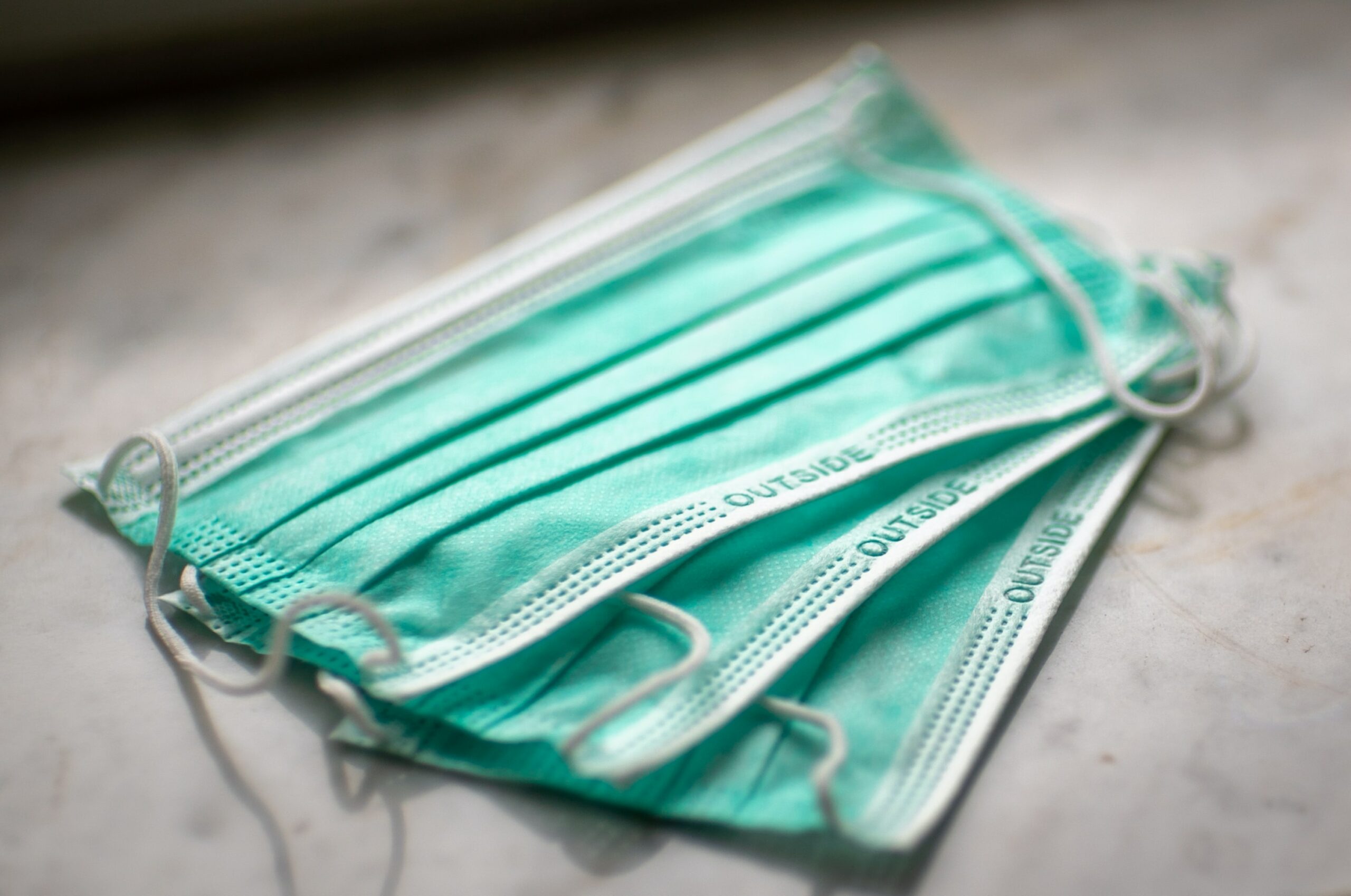

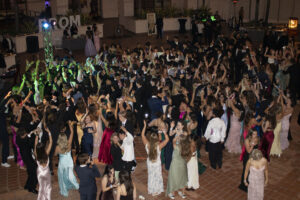
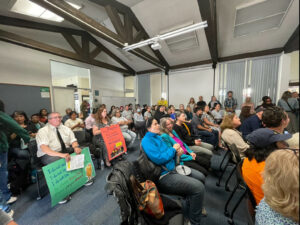

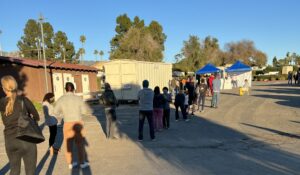
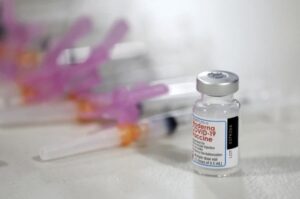

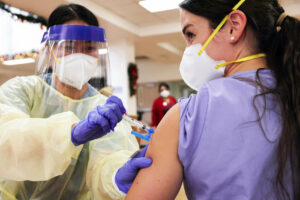
Be First to Comment